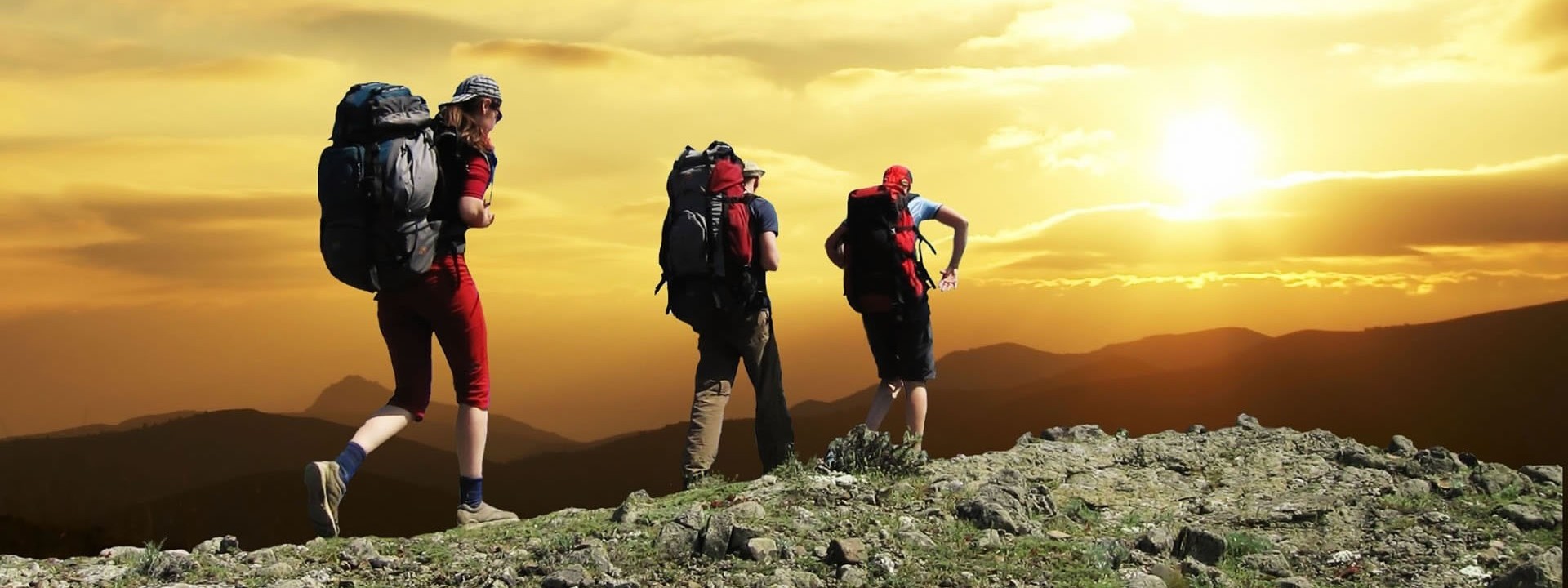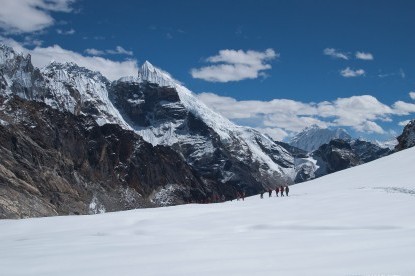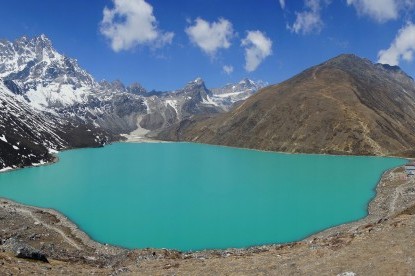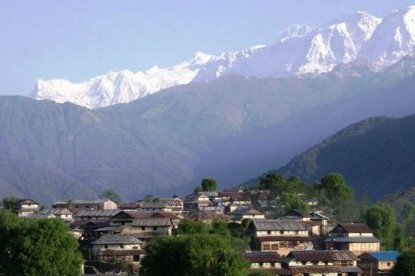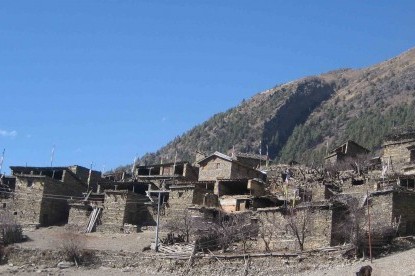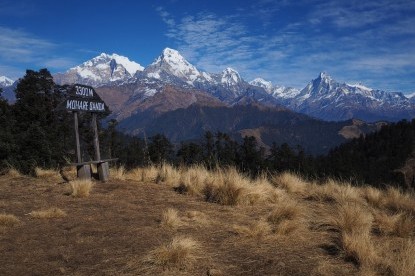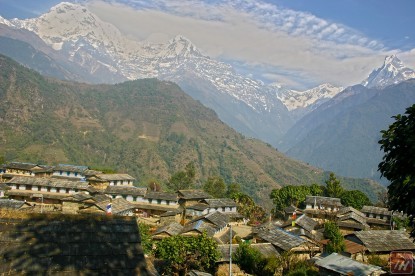The Cho-la Pass Trekking to Gokyo Lake and Everest Base Camp takes you into the heart of t...
Nepal offers a variety of choices to would-be and experienced trekkers ranging from easy and short treks to the most scenic and physically demanding long trekking trips. Everest Base Camp trek, Annapurna Circuit and Langtang Valley Trek are three of world’s best trekking trails.
Trekking in Nepal is no doubt the most preferred activity among tourists visiting Nepal. Nepal offers a variety of choices to would-be and experienced trekkers ranging from easy and short treks to the most scenic and physically demanding long trekking trips. Everest Base Camp trek, Annapurna Circuit and Langtang Valley Trek are three of world’s best trekking trails.
Introduction: The Beauty of Trekking in Nepal
Nepal is a country known for its stunning mountain ranges, lush forests, and rich culture. Trekking in Nepal is an adventure of a lifetime, allowing travellers to explore its natural beauty and experience the local way of life. The country is home to some of the highest peaks in the world, including Mount Everest, and offers a variety of trekking routes for all levels of adventurers.
Top Trekking Routes in Nepal
- Everest Base Camp Trek: The Everest Base Camp Trek is one of the most popular trekking routes in Nepal, taking trekkers through the picturesque landscapes of the Khumbu region. The trek begins with a scenic flight to Lukla, followed by a hike through quaint Sherpa villages, suspension bridges, and breathtaking views of Mount Everest.
- Annapurna Circuit Trek: The Annapurna Circuit Trek is a classic trek in Nepal, taking trekkers through the diverse landscapes of the Annapurna region. The trek starts in the lush forests and terraced fields of the lowlands, and gradually ascends to the arid Tibetan plateau, offering stunning views of the Himalayas.
- Langtang Valley Trek: The Langtang Valley Trek is a lesser-known trek in Nepal, but it offers some of the most spectacular views of the Himalayan peaks. The trek takes trekkers through the Langtang National Park, where they can spot wildlife, including the endangered red panda, and experience the local Tamang culture.
- Upper Mustang Trek: The Upper Mustang Trek is a unique trek in Nepal, taking trekkers to the remote region of Mustang, which was once an independent kingdom. The trek offers a glimpse into the Tibetan culture and lifestyle, as well as stunning views of the Annapurna and Dhaulagiri mountain ranges.
- Manaslu Circuit Trek: The Manaslu Circuit Trek is a challenging trek in Nepal, taking trekkers through the remote Manaslu region. The trek offers a unique cultural experience, as it passes through traditional Tibetan villages and offers stunning views of the Manaslu and Annapurna ranges.
Tips for a Safe and Successful Trekking Experience in Nepal
- Choose the Right Season: The best time to go trekking in Nepal is during the autumn and spring seasons when the weather is mild and dry. Avoid trekking during the monsoon season (June to August) when heavy rains can make the trails slippery and dangerous.
- Prepare Physically and Mentally: Trekking in Nepal can be physically and mentally challenging. Make sure you are in good physical shape and mentally prepared for the trekking experience.
- Hire a Professional Guide and Porter: Hiring a professional guide and porter can make your trekking experience in Nepal more enjoyable and safe. They can help you navigate the trails, carry your gear, and provide you with valuable information about the local culture and customs.
- Bring Proper Trekking Gear: Make sure you have proper trekking gear, including sturdy hiking boots, warm clothing, a waterproof jacket, and a good-quality backpack.
- Respect the Local Culture and Environment: When trekking in Nepal, it is important to respect the local culture and environment. Follow local customs and dress modestly, especially when visiting religious sites. Avoid littering and use designated waste disposal areas to minimize the impact on the environment.
Cultural Immersion: Connecting with the Local Communities
One of the unique experiences of trekking in Nepal is the opportunity to connect with the local communities and immerse yourself in the local culture. Many of the trekking routes pass through traditional villages, where trekkers can experience the local lifestyle, customs, and traditions. It is recommended to interact with the locals, try the local cuisine, and learn about their daily life.
Conclusion: Why Nepal is a Must-Visit Destination for Trekking Enthusiasts
Nepal is a must-visit destination for trekking enthusiasts, offering a diverse range of trekking routes, stunning landscapes, and a unique cultural experience. Whether you are an experienced trekker or a first-time adventurer, Nepal has something to offer. Follow the tips for a safe and successful trekking experience, respect the local culture and environment, and immerse yourself in the beauty and culture of Nepal. Trekking in Nepal will undoubtedly be a journey of a lifetime.
